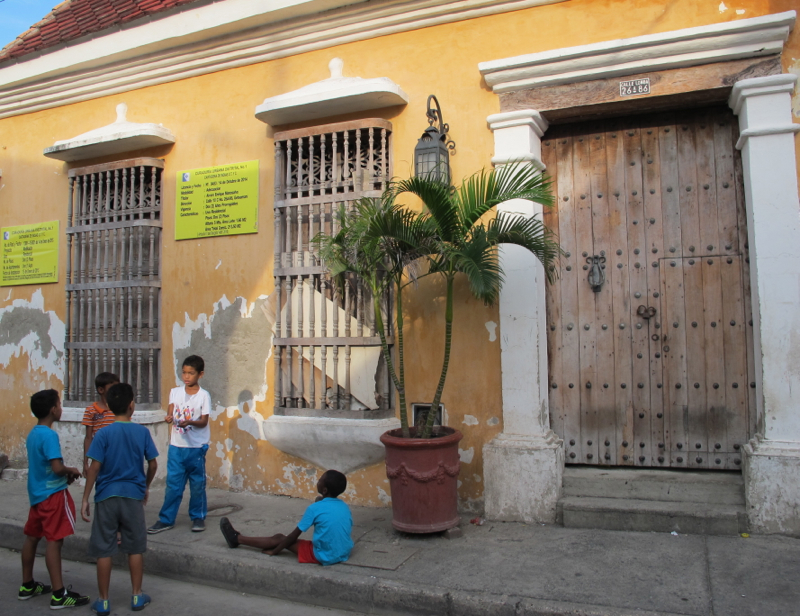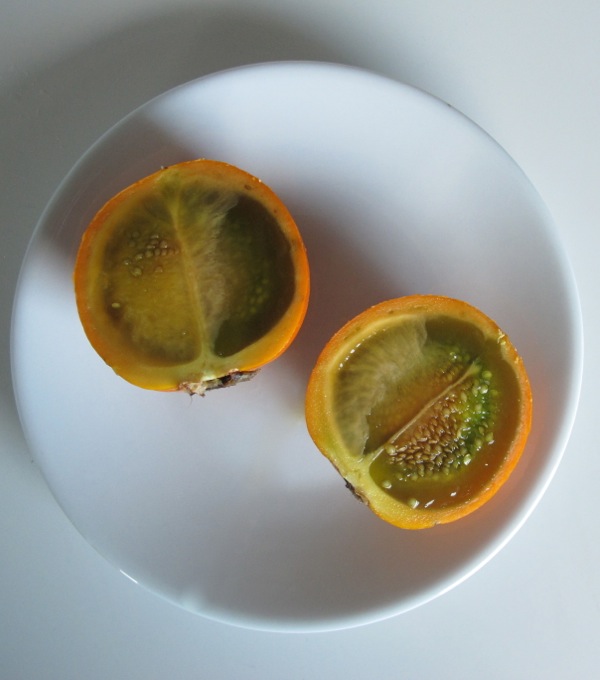Cartagena de Indias: embark on romance in Latin America
History inscribed in the old walls
Getting around while sponging in the best
Where art and inspiration thrive
Seasonal bounty: in the air and on the plate
Where to stay in Cartagena
Bastión Luxury Hotel – one of the newest additions into Cartagena’s booming hotel scene; its rather masculine, dark, robust and muscular architecture, inner lounge and restaurant by respected Colombian celebrity chef Rauch draw in affluent Colombians.
Sofitel Santa Clara Hotel – still the most charming luxurious five-star hotel, carefully restored from a former convent, where nuns ran the “Poor’s Hospital of Santa Clara of Assisi”; the rooms are spacious and most furniture honors the authenticity of the four centuries old building. The restaurant 1621 brings haute gastronomy, where France meets local ingredients, onto the diners’ plates. I like its wine room, where you can taste and sip on wines from the hotel’s cellar.
Ananda Hotel Boutique – authentic colonial house feel with rooftop sun deck is the least expensive from my selection of hotels in the former upper-class part of town.
Les Lezards – casual yet clean bed & breakfast in Getsemaní is basic but hip and popular since it was voted No1 inn in Cartagena by Trip Advisor
Soon, a new Four Seasons will open its doors, and it likely will be the best high-end lodging in the country. Keep your eyes on it.




















